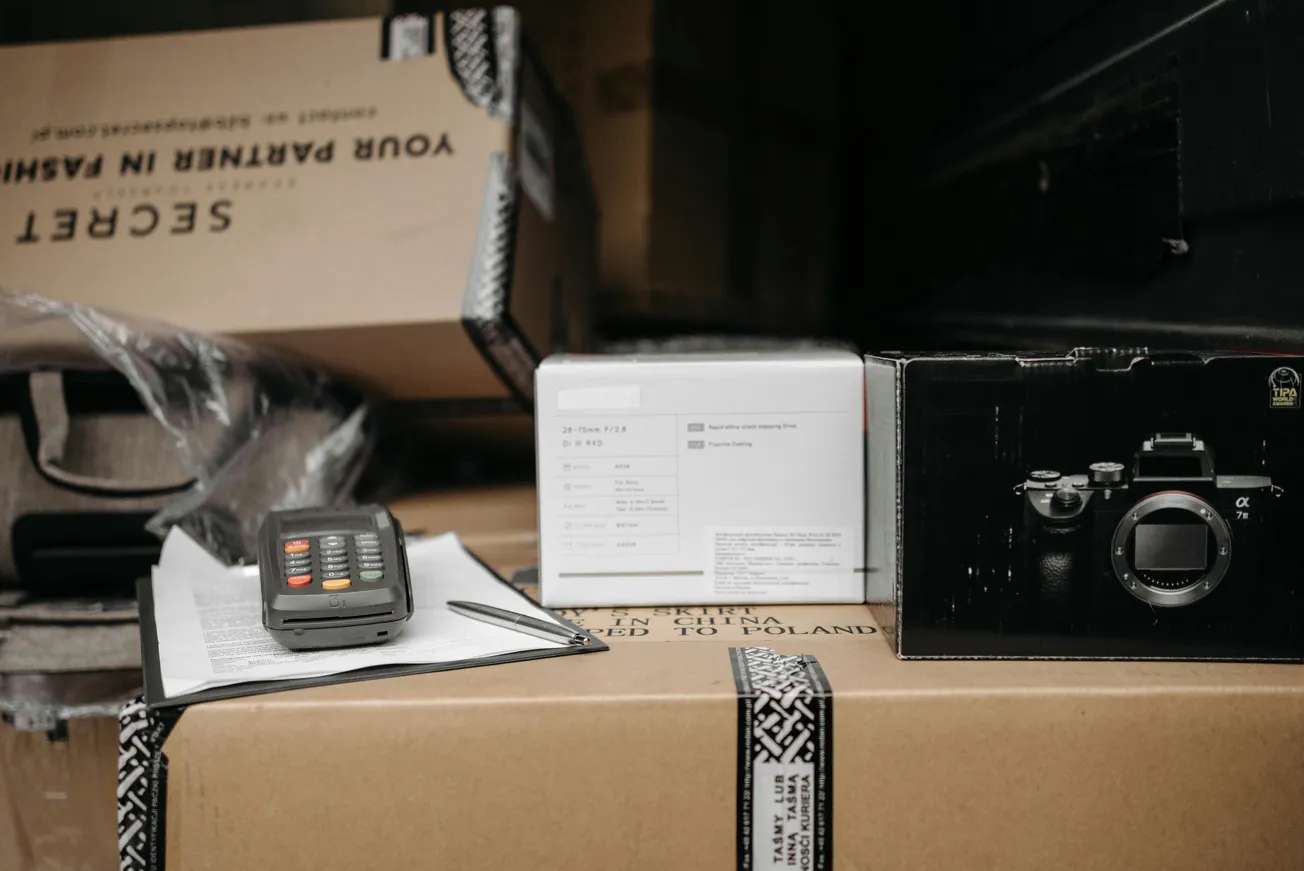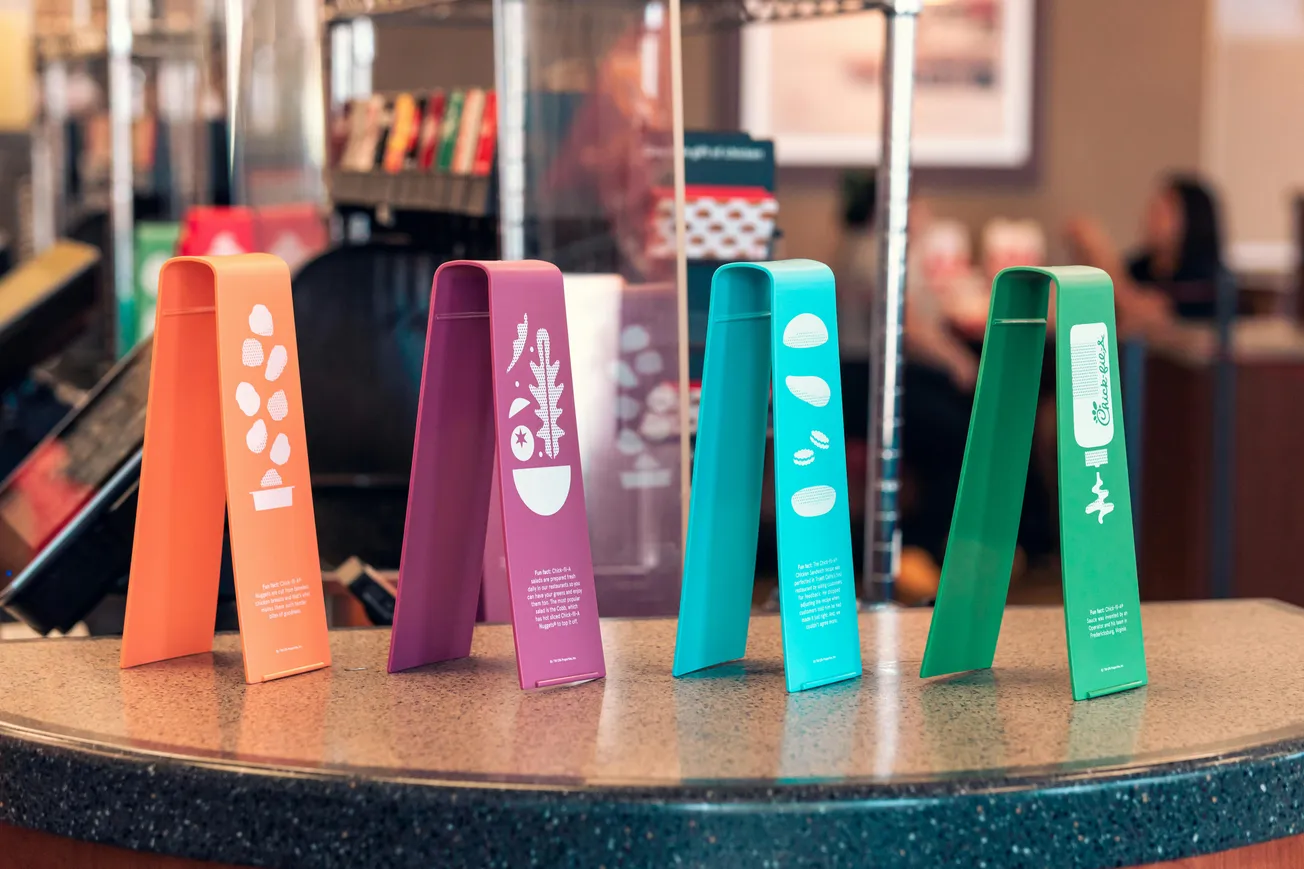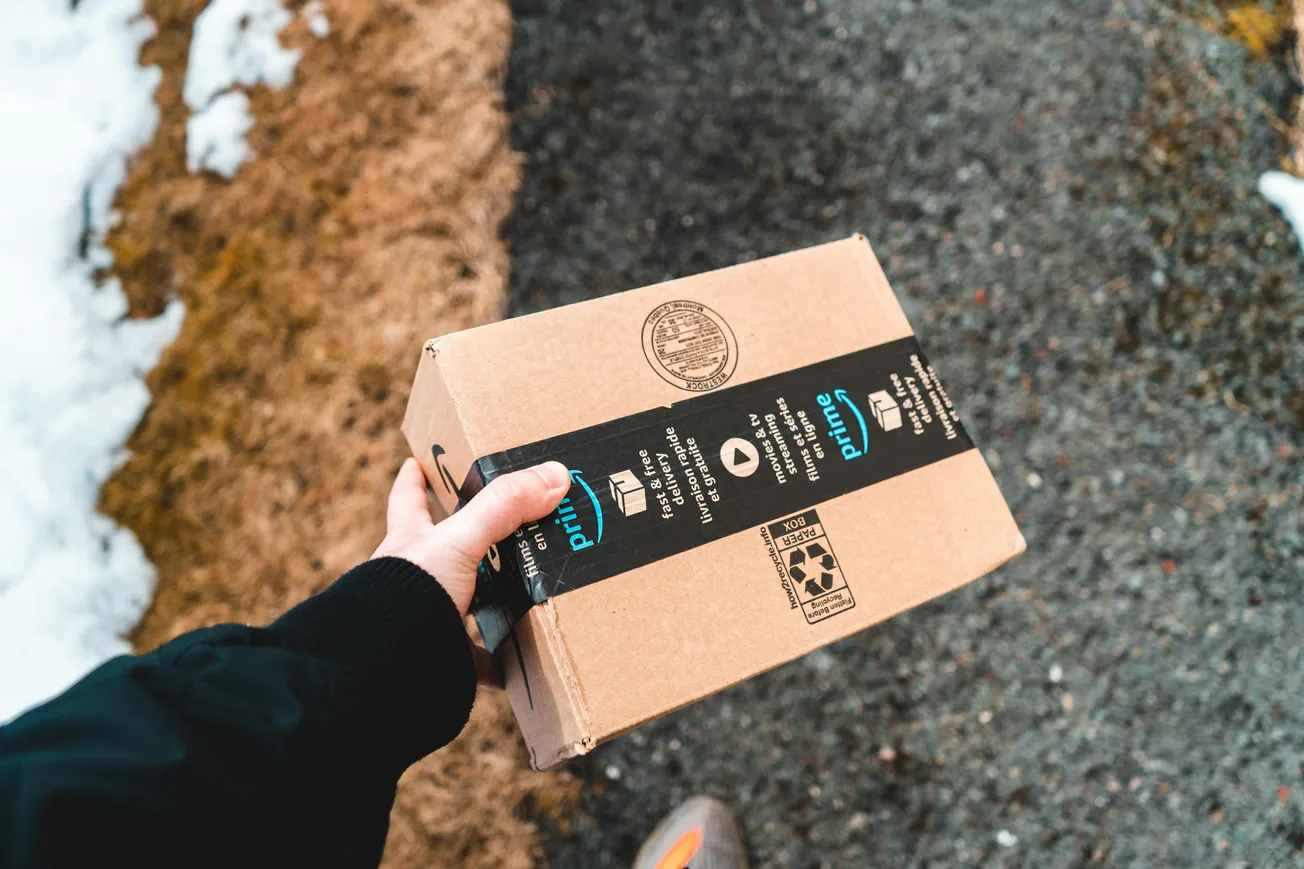In the latest episode of the "Let’s Talk Supply Chain" podcast, host Sarah Barnes-Humphrey joins Ross Hickey of Shippeo to tackle a key challenge in global logistics: supply chain visibility.
Real-time transportation visibility is no longer optional—it's essential for managing disruptions, improving efficiency, and elevating the customer experience.
Blind spots like in-transit uncertainty, first/last-mile delays, and multimodal handoff confusion are common pain points. These issues often persist due to fragmented systems and manual tracking.
Hickey recommends starting with diagnostics: mapping the supply chain journey for a product or SKU, identifying data gaps, and quantifying their business impact. From there, organizations can align the right visibility tools to drive outcomes.
The benefits are clear. Companies using real-time visibility tools like Shippeo reduce customer call resolution time from hours to minutes and proactively cut detention and demurrage costs.
These tools power existing systems like TMS and ERP with actionable intelligence—especially when linked to SKUs or purchase orders.
Technology alone isn’t the solution. Success hinges on change management, cross-functional collaboration, and user empowerment. Companies must train teams, redefine roles, and integrate visibility seamlessly into daily workflows.
Hickey emphasizes that selecting the right technology partner is critical. Look for scalability, integration flexibility, and shared goals. And remember: people drive transformation—equip them to lead the change.
With 82% of supply chain leaders increasing IT budgets in 2025, investing in visibility is no longer a future plan—it’s a present imperative.






